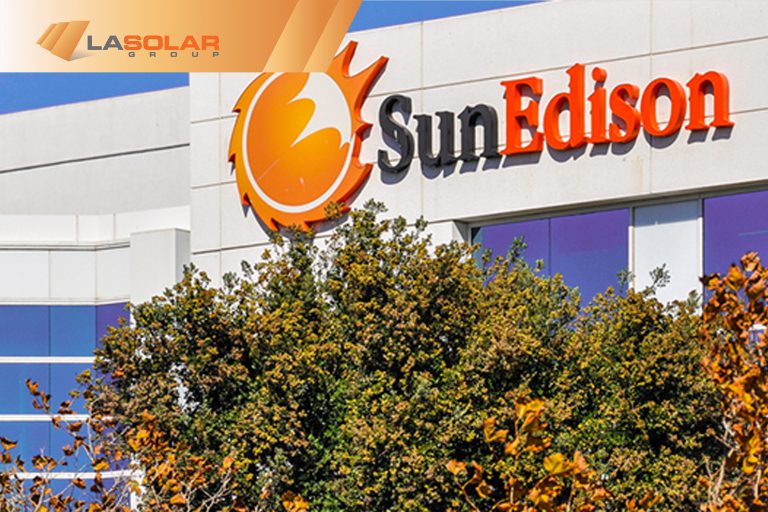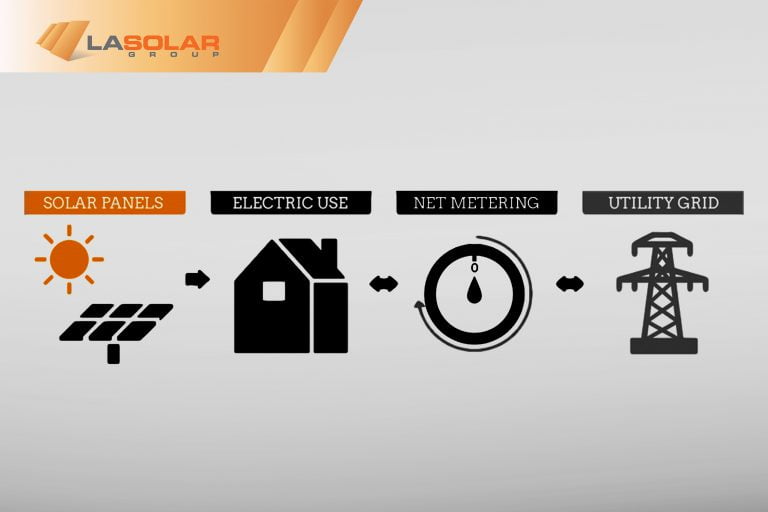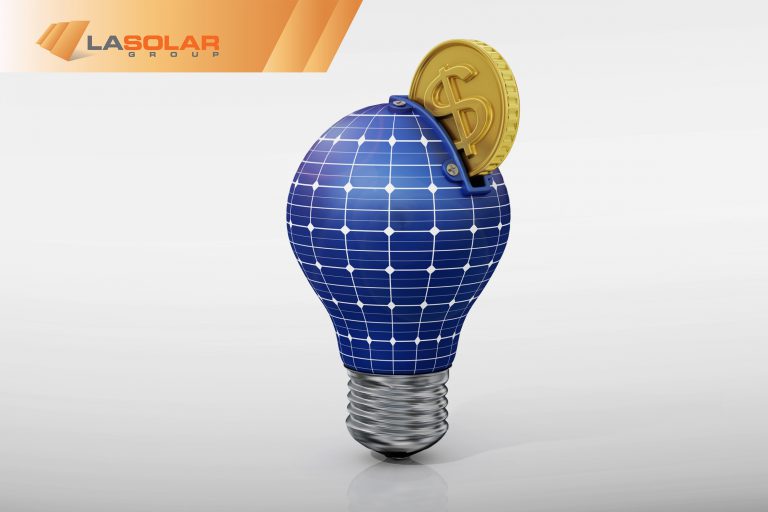Those who live on the California beach know it’s a unique and sometimes challenging environment. Wind, sand, mist, and sea spray all combine to create that iconic coastal atmosphere. If you are thinking about updating your beach house with a solar system, you might wonder how that atmosphere affects the cost of solar panel maintenance and installation. What’s required to maintain a rooftop solar system at the beach? Fortunately, LA Solar Group has experience installing solar for homes in beachfront communities, and are ready to answer all your questions.
Why Worry About Corrosion At the Beach?
Corrosion can degrade the exterior of solar panels as well as the panel’s electronic components, all of which reduces the amount of power they produce and may necessitate replacement. Physicists and engineers work constantly to make solar panels more resistant to corrosion. The relevant international standard for corrosion resistance for panels used at the beach is IEC 61701 (salt mist corrosion testing of photovoltaic modules). The vast majority of Tier 1/Grade A solar panels (the only type LASG uses) conform to this standard.
Does Distance From the Beach Affect Corrosion Concerns?
There are six different levels of corrosion resistance as measured by the IEC standard test. The most corrosive conditions tend to be within 200 yards of the beach. Within that zone, the closer you are to the beach, the higher the level of corrosion resistance you’ll want. If your installer chooses the right panels, they can be exposed to frequent sea spray, and you’ll still be fine.
The highest corrosion resistance-rated panels do not cost substantially more than others in the Tier 1 class. A qualified installer will be able to answer any questions about how your system will stand up to sea spray over time.
Do Corrosion-Resistant Panels Cost More to Install?
Every solar system is customized based on power requirements, rooftop architecture, and other considerations. However, all things being equal, going solar at the beach doesn’t cost any more than it does further inland.
Will Rust Resistant Solar Panel Racks and Mounts Cost More?
The racks and mounts on which your solar panels are mounted need to be corrosion resistant too. Your best bet is to avoid ungalvanized steel or aluminum alloyed with a high percentage of rust-susceptible metals. Most racks and mounts used by reputable installers are corrosion-resistant, thanks to a high amount of aluminum or special coatings and treatments.
Will Inverters or Connective Wiring Rust & Need Replacement?
Besides the panels and mounts, your system will include at least one inverter to convert the direct current from your panels into alternating current for home use. For beach homeowners, make sure your installer either uses weather-resistant housing, or else places your inverter indoors. Similarly, you’ll want all wiring installed in a way that does not leave connections exposed. Having a licensed electrician on your installation team is a good way to ensure those types of details get the proper attention. If they do, you should get at least as much use from your solar system’s components as you would further inland, and replacements won’t be necessary.
Does Solar Panel Maintenance Cost More at the Beach?
In addition to standard issue grit and dust, panels can get sea salt and grime on them. Sometimes algae or other living matter can take hold as well. However, maintaining your solar panels shouldn’t cost you any more just because you live at the beach. It is worth noting that leaving your panels dirty can affect your system’s output. Estimates range from less than 1% loss in power generation to nearly 20%.
Should I Be Worried About High Winds and Sand?
Crystalline solar cells themselves are relatively fragile, and even microscopic cracks can reduce the cell’s ability to collect solar power. However, solar cells come in casing to protect them, typically hard plastic or laminated glass. The protected panels are scratch-resistant, so you don’t have to worry about sand diminishing their performance.
The panels are also lab-tested for impact resistance by simulated hail, and for wind speeds equal to a Category 4 hurricane. If they’re properly mounted and installed, your rooftop system will stay put in all but the most extreme weather conditions.
I Have More Questions About Solar for Beach Homes
Each project is different and brings with it a unique set of questions. LASG has installed rooftop solar systems for more than 2,000 homeowners across the LA area. We’re experienced roofers and licensed electricians, too, so we’d be happy to answer any questions you have might have about your particular solar panel project.



